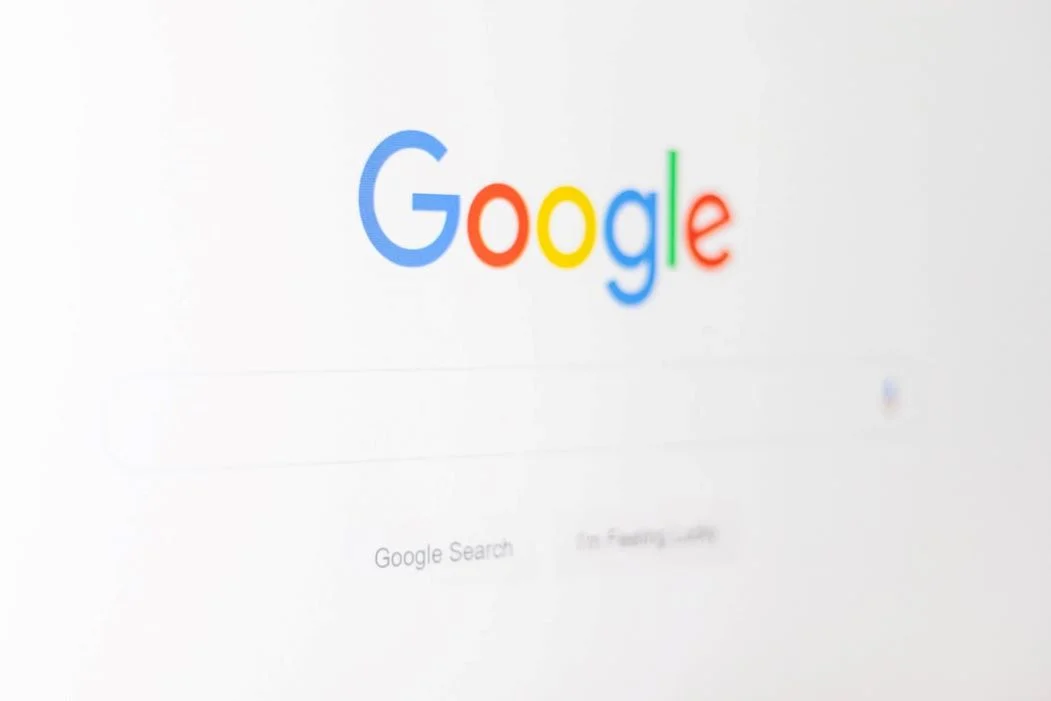This is going to be fun. Ish. In all honesty, SEO is actually very interesting when you think about it – standing for Search Engine Optimisation, it is the process of improving your site/page to make it more visible to people searching for the services your business offers. Essentially, how high up you pop up on google. Rather an important thing if you want your business to be seen by as many leads as possible.
There are lots of tiny little steps in SEO that you have to hit in order for this to work, and I’m going to take you through a few. First and most important: your keyphrase. This is the phrase you want your page to rank in when people search for it. For example, if you were writing a page about home made enchiladas you would put your keyphrase as home made enchiladas, so that when people search that phrase on google, your page will show up. The down side of keyphrases is that you usually have to go back through your page once it is done and change it to match. Search engine optimisation is rather a tricky thing – it’s all about even distribution of your keyphrase and making sure it still flows naturally.
Secondly, you’ll need to look at your SEO title – this is the title of the page that shows up on the search engine. It doesn’t have to be the actual title of the page, but it does have to contain your keyphrase. Try and make this snappy and engaging so that the person is more drawn to click on it, e.g. ‘My Grandmother’s home made enchiladas recipe that’ll make you fall in love’. I’m really going for it with the enchiladas example aren’t I? Oh well, we’re in too deep now. It’s also important to remember not to make your SEO title too long – otherwise search engines will cut off your words and it may not make sense to people.
Next to the title is something very unattractively called the ‘slug’. Unlike the slug you’re thinking of that eats all your roses and is a general nuisance, in this case it is the end part of the URL that identifies the topic of it’s page. It’s also best if you include your keyphrase in here too like, you guessed it, ‘www.stone2stone.co.uk/homemade-enchiladas/ (please do not try this link, it will not lead to delicious recipes). People can easily see whether the page is relevant to them or not, as they are much less likely to go to a page where the URL is just a bunch of random numbers and letters.
Following the tasty little slug are meta descriptions. Meta descriptions in themselves are not a ranking factor (meaning they do not affect where your page sits) however they are essential for encouraging people to click onto your page. They are those little one/two sentence snippets you see underneath the SEO title. They let you know what the content of the page will be so it’s very important for it to be both informative and snappy, otherwise they won’t want to find out more. At it’s very core, search engine optimisation is all about showing why a person should pick you over everyone else, so don’t sell yourself short! The meta description is also a good place to show the tone of the page – is it conversational or factual etc.
The last step in search engine optimisation you need to know: monitoring. There is always room to improve, so don’t go through one round of painstaking SEO only to stop there, constantly look at your site and its pages and alter them as and when the situation calls for it.
So those are the basics to SEO – if you noticed, the keyphrase I’m using for this page is yes, you guessed it, enchiladas. I’m only teasing, it’s actually search engine optimisation which isn’t as tasty but very important. I hope my own SEO skills brought you to this page, and I hope to see you here again in the future!
